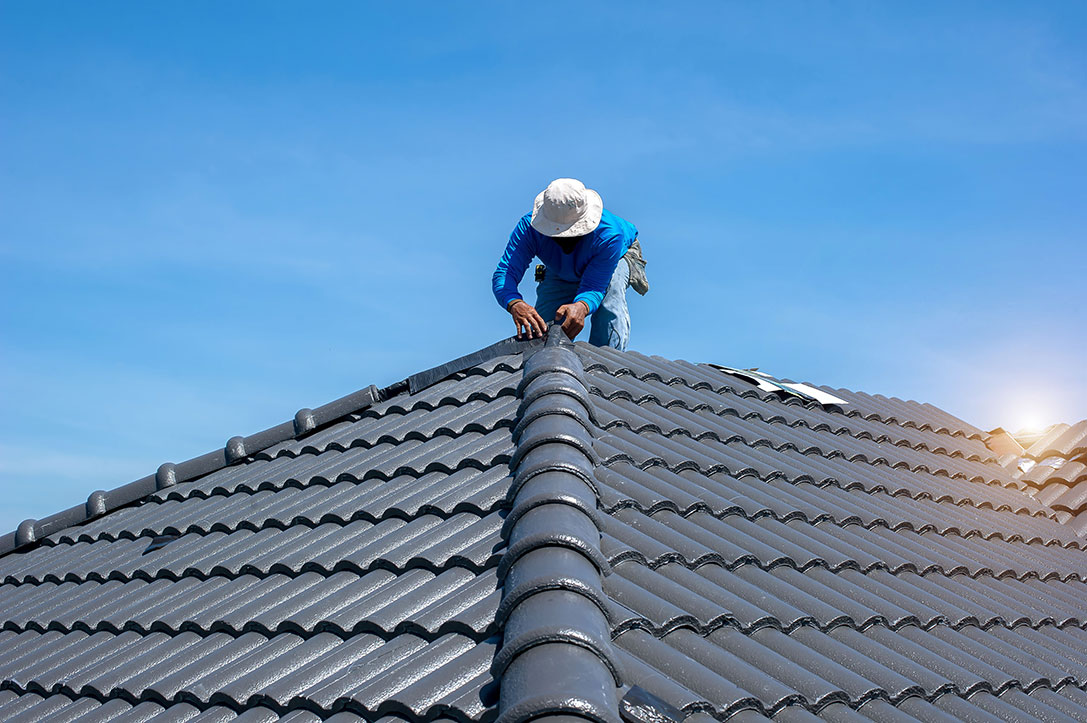Is your roof showcasing signs of wear and tear through minor sagging, and have you often pondered how to fix minor roof sagging yourself? Well, understanding the importance of a sturdy roof, its crucial to address these subtle sagging issues promptly to prevent more significant damage over time.
Undoubtedly, a sagging roof can ominously hint at potential problems. It is placed at the forefront of your homes protection from the various elements. With increased exposure to different weather conditions, roofs can undergo wear and tear. Therefore, having a firm grasp on how to fix minor roof sagging ensures not only the structural integrity of your home but also its longevity.

Recognizing the Signs of Minor Roof Sagging
Why Identifying Sagging Early Matters
Recognizing the early symptoms of roof sagging is imperative for homeowners. Catching minor issues early ensures that repairs are less costly and impactful.
Common Indicators of Roof Sagging
Sagging rooflines, soft spots, visible dips, and leaks are common indicators of roof problems. Monitoring these can provide insights and give a better understanding of the required repairs.
Understanding the Causes of Roof Sagging
Weather and Its Impact on Roofing
Adverse weather conditions such as heavy snowfall, rain, or extreme heat can increase the chances of a roof developing a sag.
Poor Roof Design
In some cases, improper architectural designs or material selection can have a profound impact on the roofing system, causing it to buckle under insufficient support.
Structural Weakness in Roofing Materials
Weak or compromised roofing materials often lead to sagging, especially if they have exceeded their lifespan or were not properly installed initially.
Steps on How to Fix Minor Roof Sagging
Conducting a Comprehensive Inspection
Begin by carrying out a comprehensive inspection to understand the extent of the sagging and pinpoint the exact problems. Remember to ensure safety by using the appropriate gear and equipment during these inspections.
Reinforcing Roof Support with Sistering
Sistering is an efficient method to mend minor sags. By adding additional wooden beams alongside the existing wood, it strengthens the framework considerably.
Roof Jack Installation
Roof jacks offer temporary support, easing the load and preventing further sagging while more permanent repairs are being made.
Replacing or Repairing Damaged Components
Identifying and replacing damaged components is essential. In many instances, correcting an issue with a truss or replacing asphalt shingles can prevent existing sagging from worsening.
Tips for Maintaining a Healthy Roof
Regular Inspections and Upkeep
Frequent roof inspections help identify and address potential issues before they escalate. Learn more about maintaining your roof through Regular Upkeep.
Managing Roof Loads
Understanding the weight capacity your roof can hold and making sure loads (like snow) are manageable can mitigate sagging risks.
When to Contact Professionals
If the roofing challenges seem too overwhelming or beyond your skillset, dont hesitate to contact professionals. Visit For Professional Help for more information.

FAQs on Roof Sagging
What causes a roof to sag?
Roof sagging can result from several factors, including poor installation, low-quality materials, and inclement weather.
Can I fix a sagging roof on my own?
While minor sagging can often be addressed by a handy homeowner, it’s essential to know your limits and when to call in professionals.
How often should I inspect my roof?
It’s advised to have a seasonal inspection – generally before the onset of winter and during various seasons to ensure everything is intact.
Maintaining the health of your roof is critical to safeguarding the overall structural integrity of your home. For more information, check This Maintenance Guide.
This article contains affiliate links. We may earn a commission at no extra cost to you.







